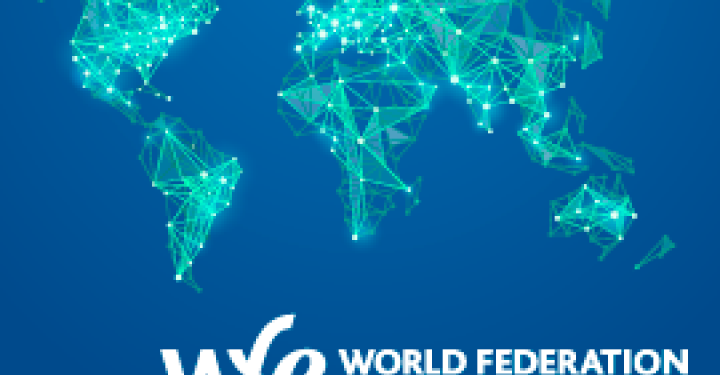New data published by the World Federation of Exchanges (WFE), the global industry group for exchanges and central clearing counterparties, shows a strong recovery in global market capitalization in 2023.
This growth can largely be attributed to the improvement in the fundamentals of listed companies, supported by some new listings and IPOs.
According to the report, the easing of economic tensions has increased valuations as investors gain confidence in the prospects of businesses and potential dividends.
WFE however noted that fewer companies came to the market, and those that did list, raised less capital. In 2022 we saw a large decrease in IPOs across the globe.
- “This trend continued in 2023, as did the amount of capital raised in all geographies save for the US, which saw a dramatic reversal compared to the previous year.
- This is reflective of the general hesitancy of businesses to list in the current environment, delaying growth plans or seeking alternative ways to raise capital.
- The lower average trade size in all regions, save for the Americas, could be indicative of either an increased level of retail investors participating in public markets, or institutional investors trading less, suggesting the balance between retail and institutional investment may be changing,” it said.
It stated that the APAC region saw the largest number of IPOs and recorded its maximum number of non-IPO listings, whilst the amount of capital raised through IPOs only increased (and quite significantly) in the US.
Key highlights
According to the report, global equity market capitalization in 2023 increased by 13% YoY, with all regions increasing. Over USD 13 trillion were added to stock markets worldwide.
The number of IPOs globally was at its lowest in the last three years, with 1,217 IPOs as a total across all regions.
APAC markets opened their doors to 875 IPOs generating USD 75.35 billion, whilst American markets welcomed 139 IPOs generating USD 17.57 billion, and EMEA markets hosted 203 IPOs raising USD 18.03 billion.
The capital raised through IPOs fell sharply compared to 2022 (-59.3%). While APAC and EMEA regions declined -43.3% and -86.1%, respectively, the Americas experienced a significant increase (71.3%).
Trading value and volumes in equity markets declined 10.6% and 3.4%, respectively. All regions recorded their lowest annual trading value in the last three years.
Outlook
Looking ahead, WFE said it expects global market capitalisation to continue its growth trajectory adding that there is still further recovery needed to offset the USD 25 trillion that was wiped off global stock markets in 2022.
- “We also anticipate that the US will continue to be an attractive place for IPOs over the next year, but eyes will be on APAC to determine whether increased and sustained growth in the region can keep pace, or even outpace, the world’s most preeminent market.
- Globally, expected reductions in interest rates will facilitate credit and boost demand, stimulating business growth and increasing valuations.
- As rate cuts are broadly expected, a prolonged hold at current levels or a rise will hurt the performance of stock markets,” it said.
WFE noted that several global issues could be unsettling for markets in the near term, for example, an increase in tensions in the Gaza and Ukraine conflicts could lead to supply chain problems or volatility in energy prices that could impact central banks’ efforts to control inflation.
The report noted that several elections expected this year can also bring uncertainty to the markets adding that the US election will be particularly influential in terms of broader political stability.
- “Given it is scheduled for November, in theory, any impact could be deferred to 2025, but if a clear forerunner emerges earlier, we could see investors begin to position themselves differently in H2 2024,” it said.
What the stakeholders are saying
Dr Pedro Gurrola-Perez, Head of Research at the WFE, said:
- “Economic recovery is happening at different speeds geographically, so we may see a rebalance in the size and scale of markets over the year, particularly looking at the growth of Asian markets.
- Although we anticipate a further recovery in the near term and expect market capitalisation to continue its rising trend, the recovery is tied to geopolitical and economic factors, so any further deterioration of current conditions or increased levels of uncertainty may create significant headwinds for markets.”
Nandini Sukumar, Chief Executive Officer at the WFE, said:
- “A sound financial ecosystem relies on the strength and balance of both private and public markets. Without efficient public markets, growth is impeded, returns aren’t realized, and all capital market participants suffer.
- Exchanges, regulators, and the buy side need to act as a community to reverse the current trends we are seeing in trading and listing activity.
- Lessons should be learned, from a policy perspective, about what actions are working to increase trading and listing numbers in specific markets. Failing to adapt during this important recovery period will have a long-term impact on a market’s competitiveness.”























